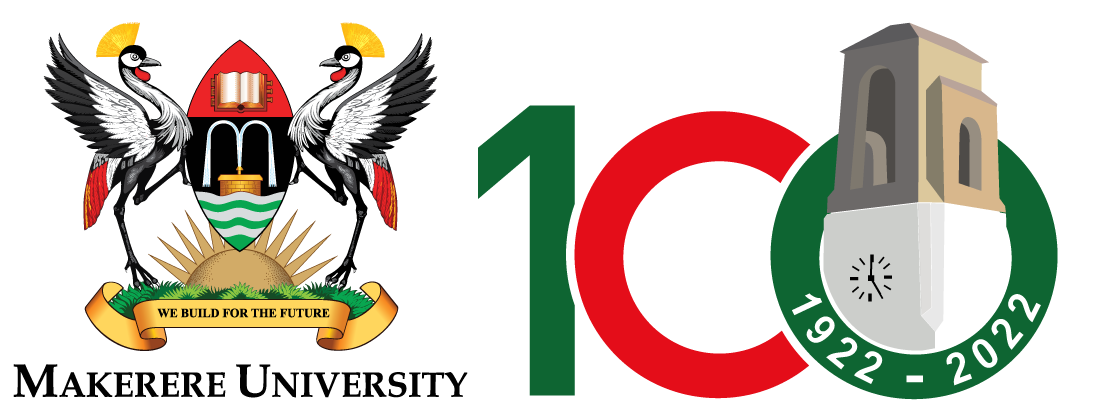Research addressing the performance expectations gap in public procurement is sparse and yet it’s an important aspect that is persistently occurring in DLGs. Previous research has mainly focused on procurement performance, by emphasizing how an efficient and effective procurement process can contribute to better procurement performance thus meeting citizens’ performance expectations. For instance, according to Van Weele as cited by Makali (2015) procurement performance is a measure of identifying the extent to which the procurement function is able to reach the objectives and goals with minimum costs. On the other hand, Amaratunga & Baldry (2002) suggest that procurement performance is a key driver to improving the superiority of services while its absence or use of inappropriate means can act as an obstruction to change the intended objectives. Makali (2015) emphasizes that procurement performance involves two main aspects: effectiveness and efficiency. Procurement effectiveness is the extent to which the previously stated goals and objectives are being met, while, procurement efficiency is the relationship between planned and actual resources required to realize the established goals and objectives and their related activities. Such previous studies on procurement performance have largely ignored the expectations of the stakeholders, in addressing what is likely to happen if such efficiency and effectiveness is not achieved, thus creating a performance expectations gap. Unlike studies in this field that previously addressed procurement performance using performance constructs like performance efficiency and performance effectiveness, this study uses derivative constructs of procurement performance to address the performance expectations in works contracts.

